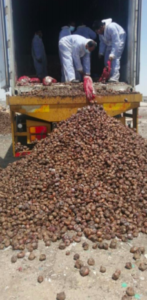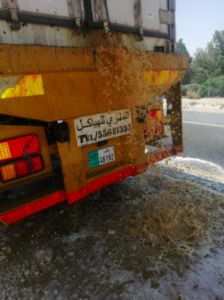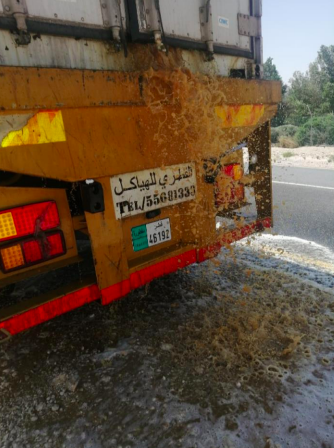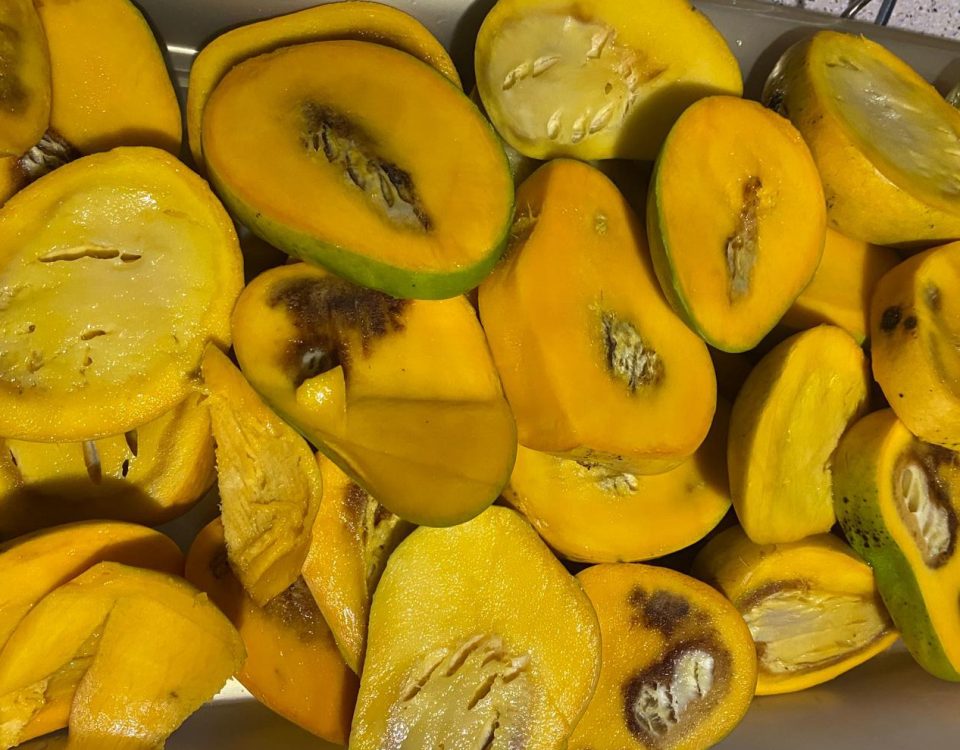Stingy Exporter pays twice or how Not to transport different fresh cargo at the same temperature
4 Reasons why you MUST outsource trade invoice collections
March 16, 2021
Mysterious disappearance. Full container.
May 2, 2021Let’s face it Covid-19 has made matters more difficult when transporting fresh cargo: factory shutdowns, shipment delays, port closures and exorbitant freight rates.
Today we discuss some mistakes when shipping fresh cargo, which result in cargo damage and also lost claims.
To save money on freight or without knowing, shippers stuff different nature of fresh cargo and ship under the same set point! For example, ginger roots and chilies in the same container. While both are vegetables that can be used to spice up your meal, ginger’s ideal temperature for transportation is 12-14° C, while for Chiles’ ideal temperature is 5-25°C. In an ideal world you can hit the sweet spot but if the temperature gets too low or too high ginger roots will lose its quality.
Receiver at the destination expect quality. Worse, should shipper needs to make claim but have loaded fresh goods with different temperature requirements, the carrier can easily prove that the goods were damaged because of shipper’s negligence and not due to theirs. This means your claim will fail before you start discussion about data logger, reefer malfunction or excessive transit time. It is, therefore, advisable that whenever possible you load cargo with the same ideal temperature and similar ventilation, packaging requirements.
Covid or not, customers expect excellence and rotten food is not edible. This means ensuring that your fresh food goods arrive in good condition is essential. The tips above can help you ensure good customer service and ensure that your brand is synonymous with quality. More importantly, it means if your goods are damaged, your claim remains strong because you followed the best cargo stuffing practices available.





